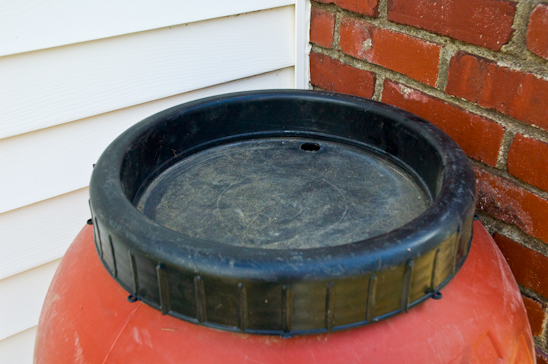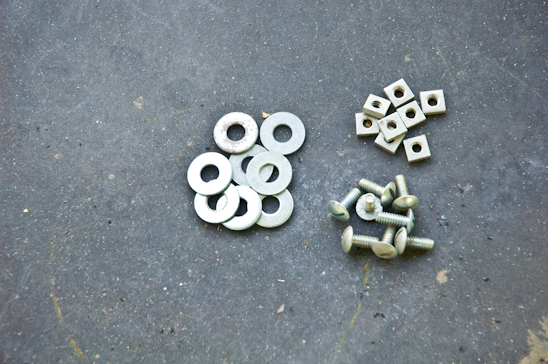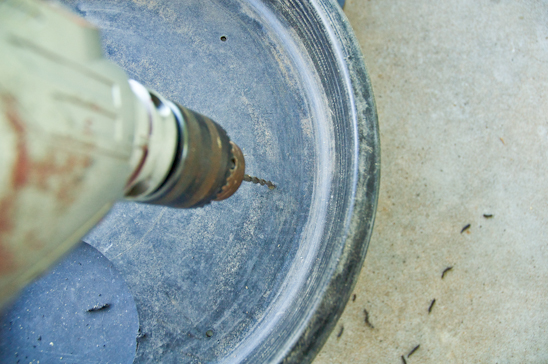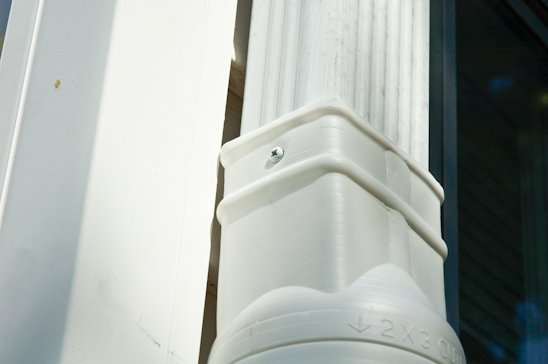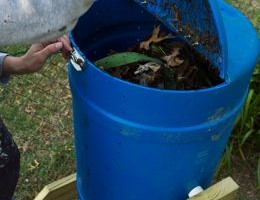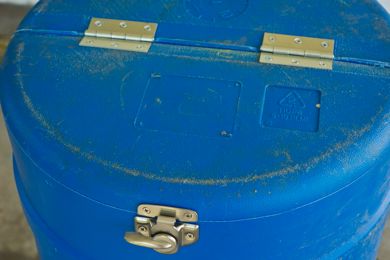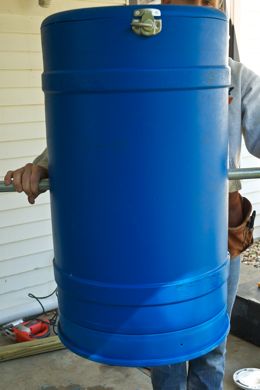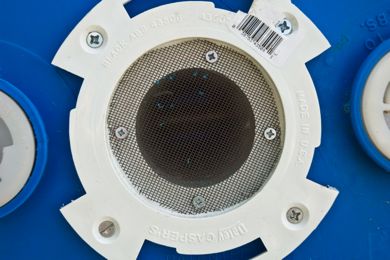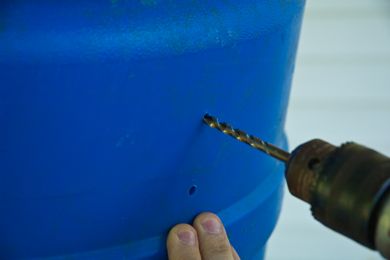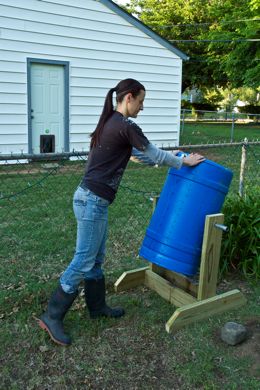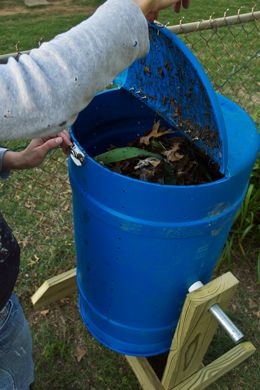Modeling is for those who don’t want to sit.
Last night, I did something that I’ve never done before. I modeled-on a runway, with crazy hair, makeup, nails and a recycled dress for the Ihloff Fall Collection Show. I have no idea why I was asked, other than I was available and could walk in a straight line.
This production was larger in scope than I was expecting-with close to 100 models, hair stylists and their assistants. Mayhem, attitudes and hair extensions reigned supreme.

It was a strange experience for me. I undressed willingly in front of people I had never met. I had stylists up in my business 24/7 with hands in places that would make you blush.
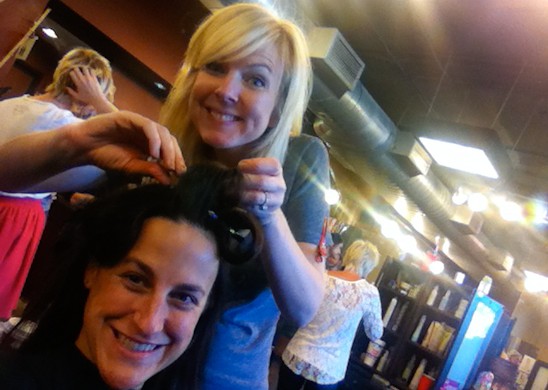
It started off innocently enough at 10am. Chrissie (my good friend and BSF partner) began the hair process. Nerves had not kicked in and smiles were easy to come by.

But by 2pm, I had my nails done and was now starving. My Christian witness was on the brink of collapsing.
I know most models have a “no food policy”, but this girl does not. Now I know why models always look so angry and skinny. They’re deprived of food.

By 5pm, I had soda cans in my hair and my makeup was completed. I had consumed a PB & J by this point, so things were looking up for me.
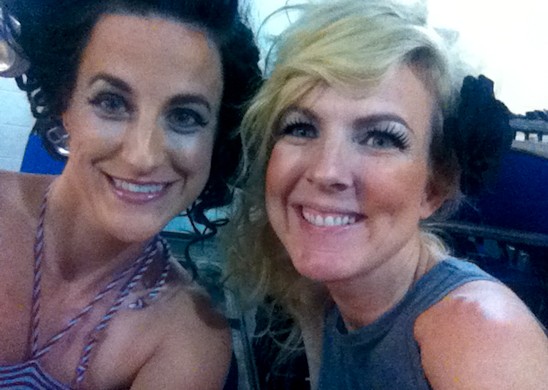
Notice the smile has returned? This gal on the right, Chrissie, is not only beautiful, sweet but extremely talented.

100 Dove Wrappers and 40 Topeca Coffee bags later, I was contact-papered into my dress. (Please ignore the toilet in the background-it kind’ve ruins the vibe).
I loved the concept and the design of the dress that I wore it home to show a certain Biceps that couldn’t make it.

With the dress applied, I could only walk at a pace half my own, could not sit down and could not go to the bathroom-mainly because I couldn’t bend over to reach my skivvies.
The dress was “applied” at 6pm and the show ended at 9. For a lady that needs a bathroom break every 15 minutes, holding “it” was the hardest part of my job.
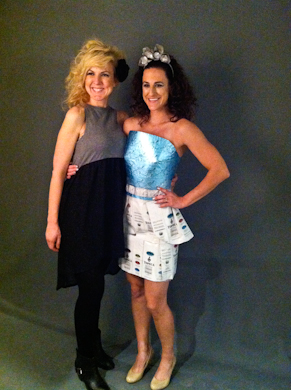
By 8pm, I was on stage-part of the finale of the show. Chrissie finished my hair live on stage, and then ripped off my smock to reveal the recycled dress underneath-much to the crowd’s delight.
Then…I had to walk the runway-without tripping, falling, and without any part of my dress malfunctioning.

Successfully, I made it down and back the runway with my heart pounding in my chest, trying not to make eye contact with the audience and trying not to smile because models are serious. (Insert pouty face-reminder of the “no food policy” aforementioned).
I smiled anyways-the crowd was clapping and who wouldn’t smile when clapped for? Plus, I didn’t trip once. That’s worth smiling about. It was an interesting, fun, exhausting, and sticky experience-but I’m not sure I’m cut out for this business.
After all, modeling is definitely for those who don’t want to sit down.






